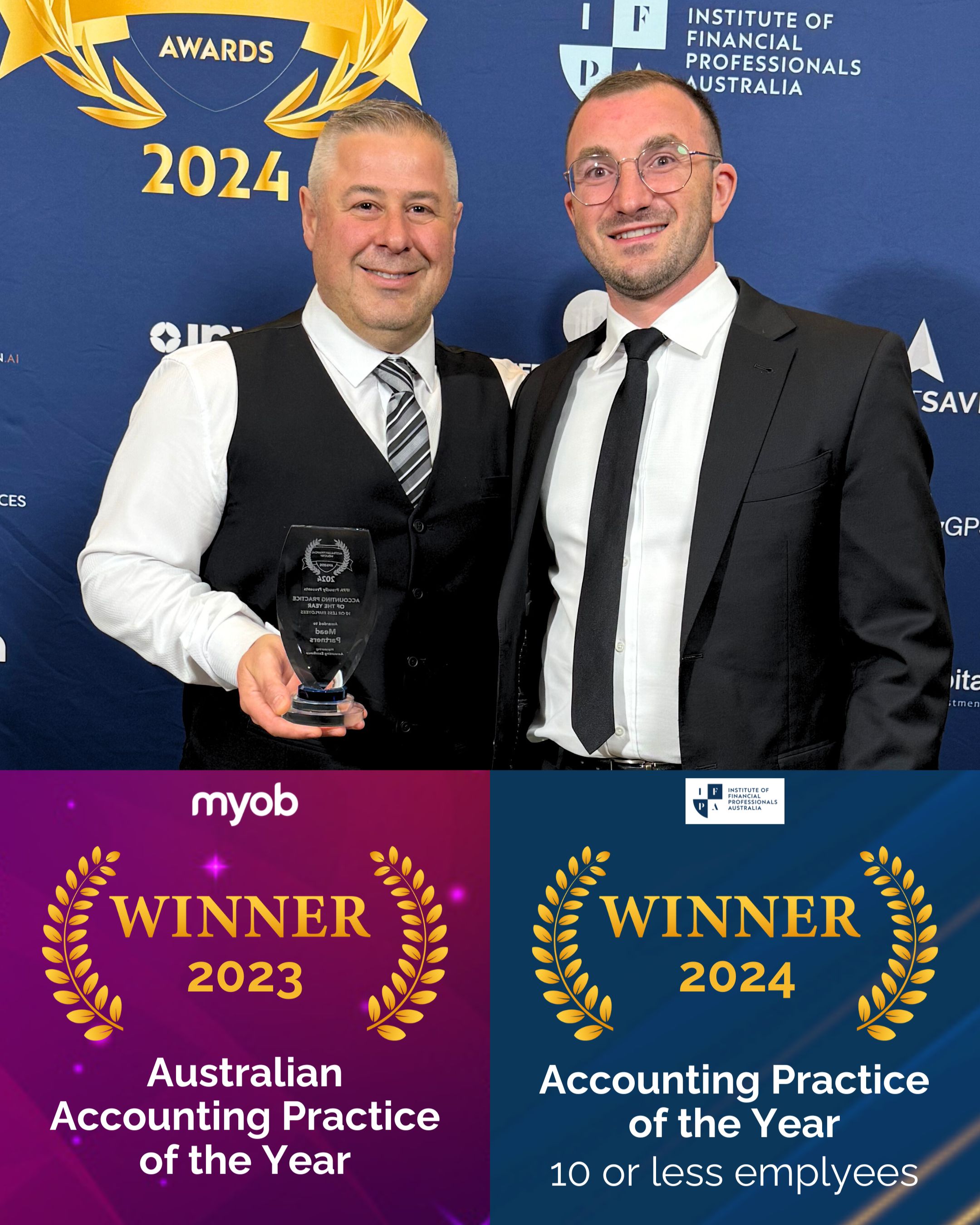
Book a Free Consultation!
✅Builders CFO Program
✅Business Improvement Program
✅Taxation Advice


You might have cash flowing in or a lot of assets, but do you have enough cash to cover your current liabilities?
As they say, cash is king. But working capital is more than just the cash in the bank. It’s about understanding if you had to pay all your invoices, outstanding obligations and other financial obligations right now, would it be possible?
In this article, our business advisors share the ins and outs of working capital, how to gain a better understanding of your short-term business health, and ways to improve your working capital.
What is working capital?
Also known as net working capital (NWC), working capital is the difference between your current assets and your current liabilities. It’s essentially all about understanding if your company can cover all debts and any other financial obligations in the short term.
As well as being a great indicator of short-term business health, it can provide insight into your ability to fund daily operations, business efficiencies, and business liquidity (how quickly you can convert assets into cash).
While cash flow and working capital are related, cash flow focuses on the cash coming in and out of your business only.
Current assets
Your current assets are items that you expect to receive in the next 12 months or you can convert into cash within the year. This could be:
- Accounts receivable amounts
- Cash on hand (e.g. in the bank)
- Short-term or low-risk investments
- Unsold goods, raw materials and inventory items (including work-in-progress and finished goods not yet sold)
- Prepaid expenses
Current liabilities
Your current liabilities are items your business is financially obligated to within the next year, such as wages or loans. This includes:
- Accounts payable (including unpaid invoices, raw materials, taxes and operating expenses)
- Wages and payable dividends (if applicable)
- Short-term payments related to long-term debt
- Payable tax (e.g. income or GST-related taxes)
- Short-term loans
How to find your current assets and liabilities
Your current assets and liabilities are outlined in your balance sheet and can be exported from accounting software such as Xero. You can also speak to your accountant, virtual CFO or bookkeeper for this report.
To monitor and provide accurate forecasts, our business advisors often review and talk through working capital and balance sheet insights during our regular business check-ins.
Potential creditors will also want to understand your working capital to determine your company’s ability to cover loan payments.
> Learn more about accounting and business advisory services for building and construction
How to calculate working capital for your business
Working capital can be calculated as a dollar amount or a ratio.
Working capital ($) = current assets – current liabilities
Working capital ratio = current assets / current liabilities
When calculating your working capital ratio, this shows the ratio of assets to liabilities.
| If your working capital is positive or has a ratio of more than 1: | Your assets can cover your liabilities and support operations and future growth. |
| If your working capital is negative or has a ratio less than 1: | Your liabilities exceed your assets and you may have potential problems paying debts and upcoming expenses. |
Working capital example in action
Using their balance sheet, a building and construction business may uncover they have current assets of $100,000 and current liabilities of $60,000.
Using the working capital calculation above, we can work out their current position.
Working capital ($) = current assets – current liabilities
= $100,000 – $60,000
= $40,000
Working capital ratio = current assets / current liabilities
= $100,000 / $60,000
= 1.6
What is good working capital?
How much is too much working capital and what is a ratio to work towards?
While having too much working capital seems like a good thing, it could mean:
- You have too much inventory or raw materials on hand
- You could be investing excess cash into business improvement or other areas that promote growth
- You’re not taking advantage of low-cost debt opportunities.
While every business and industry is different, when comparing working capital ratios a good working ratio to work towards is between 1.2 and 2.
Together with your business advisor, you can review your current balance sheet and determine what ‘good’ working capital means for you and what you need for your business goals.
For risk-heavy industries such as building and construction(with long project cycles and extensive liabilities), working capital can be a great asset to better manage operational risks. This can be an overwhelming process, which is why we have a dedicated virtual CFO service specific to building and construction businesses and contractors.
Three ways to improve your working capital
While there are many strategies our business advisors use to improve working capital, here are three key ways you can improve it.
1. Accelerate when (and how) you get paid
This could be offering early payment discounts or shortening your payment terms. You could also look into providing card payment options (instead of direct transfer only).
Automating invoices and payment schedules can ensure clients get (and pay) invoices as soon as possible. This can be set up using tools like Xero, or you can outsource these admin tasks to ensure prompt invoice issuing.
2. Improve how (and when) you pay invoices
One of the biggest quick wins? Asking suppliers about discounts or different payment options. For material-heavy industries such as building and construction, this can be a game changer.
You can also negotiate payment terms to better suit your sales cycle. Other options include scheduling payments and leveraging electronic payment options where possible.
3. Reduce operating costs
This isn’t always about finding the biggest operating expense and removing it. It’s about identifying ways you can run your business more efficiently. This could include:
- Negotiating supplier pricing or switching to a cheaper supplier
- Optimising your processes
- Digitalising payment and operational systems
- Outsourcing job functions (freeing up your team to focus on higher-value tasks)
This is an area where your business advisor can provide a lot of insight. By diving into operating expenditure details, they can uncover cost-saving areas and implement strategies that make a big difference.
Bonus improvement for those in building and construction
For our construction clients, we often recommend reviewing and improving your financial controls. This not only provides more insight into day-to-day operations but also helps you be more accurate with your total assets and liabilities.

Send To Someone